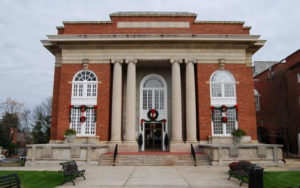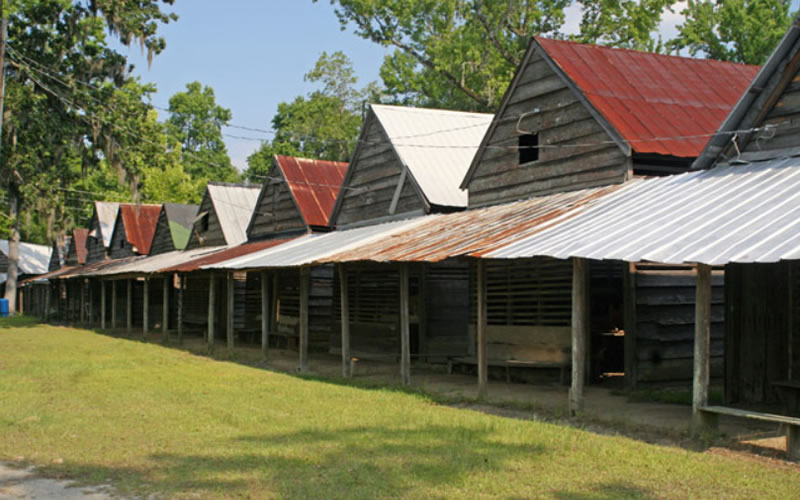Here’s a rustic, rural-looking photo provided by a loyal reader and photographer. It’s in South Carolina, but where? Send your best guess – plus your name and hometown – to feedback@statehousereport.com. In the subject line, write: “Mystery Photo guess.” (If you don’t include your contact information, we can’t give you credit!) (If the email doesn’t work for you still, send to: brack@brack.net.)
Our previous Mystery Photo
 Before we identify the May 18 mystery, let us apologize to any of you who tried to send a guess for much of this week. Our email server has been down. We’ve worked diligently to fix the problem, but communications between readers and our site suffered greatly. We hope the problem is now fixed, but if you guessed and got a bounced email from us, we apologize. Thanks for trying.
Before we identify the May 18 mystery, let us apologize to any of you who tried to send a guess for much of this week. Our email server has been down. We’ve worked diligently to fix the problem, but communications between readers and our site suffered greatly. We hope the problem is now fixed, but if you guessed and got a bounced email from us, we apologize. Thanks for trying.
The photo was of the Abbeville County Courthouse in the town with the same name as the county.
Hats off to those of you who identified the photo before the snafu, including: Daniel Prohaska of Moncks Corner; Dan Shaw and Michael LeFevre, both of Columbia; George Graf of Palmyra, Va.; Steve Willis of Lancaster; and Dale Rhodes of Richmond, Va.
Graf sent along this context for the photo:
“The Abbeville County Courthouse, built in 1908, is an historic courthouse located in the east corner of Court Square, in the city of Abbeville in Abbeville County, S.C. In 1981, the courthouse was added to the National Register of Historic Places and an arcade connects it to the adjoining Abbeville Opera House and Municipal Center.
“Abbeville was settled by French Huguenots and was named, along with the county, for the French town of the same name. Abbeville’s City Motto is “Pretty. Near. Perfect.”
“Abbeville has the unique distinction of being both the birthplace and the deathbed of the Confederacy. On Nov. 22, 1860, a meeting was held at Abbeville, at a site since dubbed “Secession Hill”, to launch South Carolina’s secession from the Union. It was on May 2, 1865, in the front parlor of what is now known as the Burt-Stark Mansion that Jefferson Davis officially acknowledged the dissolution of the Confederate government, in the last official cabinet meeting.
“Anthony Crawford (ca. 1865 – Oct. 21, 1916) was an African American man killed by a lynch mob in Abbeville. Crawford was co-founder of the Industrial Union of Abbeville County, which was devoted to the “material, moral and intellectual advance of the colored people.” He was the father of twelve sons and four daughters. He owned a 427-acre cotton field and was one of the richest men in Abbeville. He got into an argument over the price of cotton with a white store owner, then was struck on the head with an axe handle by the owner, and after being put in jail was later hanged by an angry white lynch mob.”
- Send us a mystery: If you have a photo that you believe will stump readers, send it along (but make sure to tell us what it is because it may stump us too!) Send to: feedback@statehousereport.com and mark it as a photo submission. Thanks.

















 We Can Do Better, South Carolina!
We Can Do Better, South Carolina!